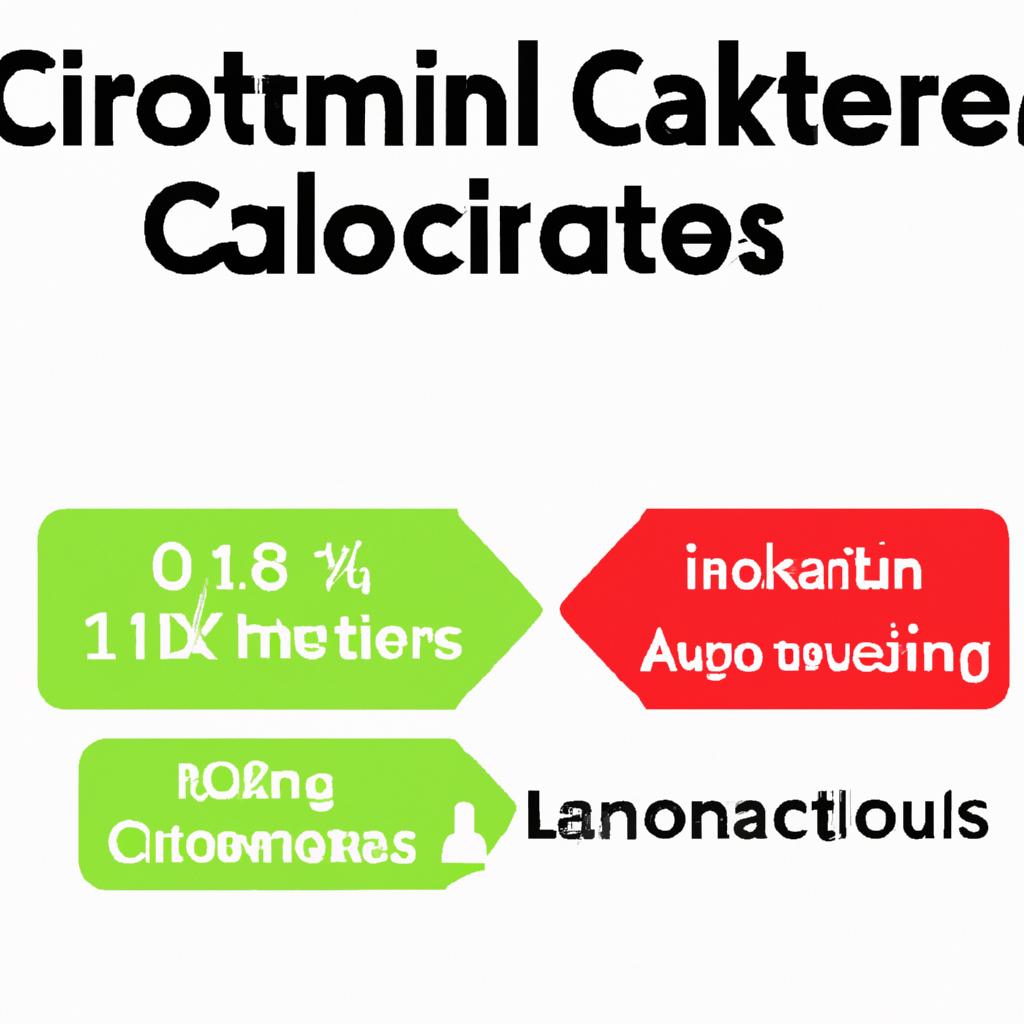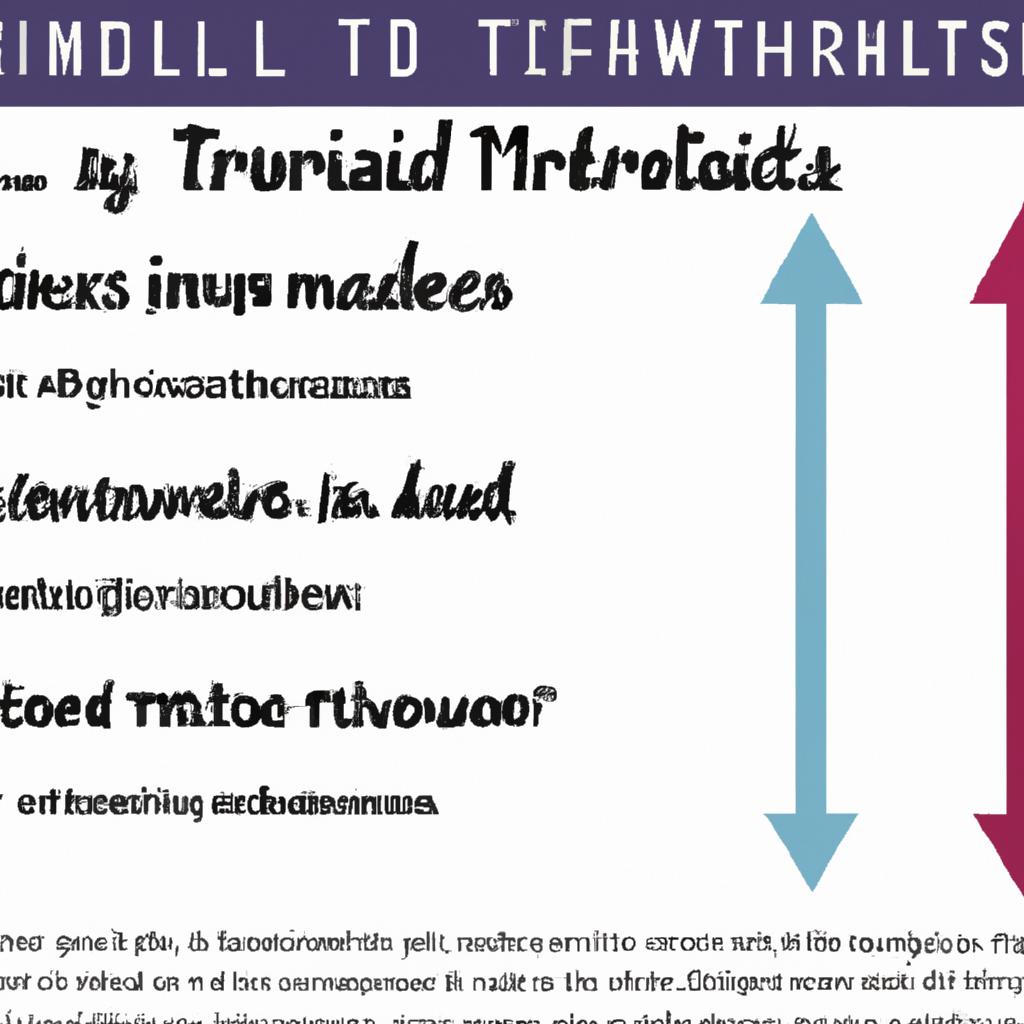
In the ever-evolving landscape of fitness, finding the most effective workout strategies can feel like navigating a labyrinth of trends and promises. Among the myriad of methods vying for attention, interval training stands out with a compelling allure. Imagine a workout that alternates between high-octane bursts of activity and brief moments of rest—this dynamic approach transforms traditional exercise into a time-efficient powerhouse for burning calories. In this article, we delve into the science behind interval training, exploring how its high-intensity bursts can not only elevate your heart rate but also ignite your metabolism long after the workout is over. Whether you’re a seasoned athlete or just starting your fitness journey, discover how harnessing the potential of interval training can maximize your calorie burn and redefine the way you approach your workouts.
Unlocking the Science Behind Interval Training for Optimal Calorie Expenditure
Interval training is a powerful method that leverages the natural physiological responses of the body to maximize calorie burn. By alternating between high-intensity bursts of exercise and lower-intensity recovery periods, participants can significantly elevate their heart rate and metabolism, creating an afterburn effect known as excess post-exercise oxygen consumption (EPOC). This phenomenon can lead to enhanced fat oxidation long after the workout has ended. **Key factors** that contribute to the effectiveness of interval training include:
- Varied Intensity: Switching up your exercise intensity prevents adaptation and keeps your body challenged.
- Increased Heart Rate: Higher heart rates during intense bursts allow for greater calorie expenditure.
- Time Efficiency: Short bursts of effort can yield the same or even greater benefits compared to longer, steady-state sessions.
Moreover, different interval training formats can cater to various fitness levels and preferences. A well-structured session can blend diverse exercises, such as sprinting, cycling, or circuit training, ensuring that it never becomes monotonous. Participants can fine-tune their routines based on personal goals, allowing for unparalleled customization. Below is a simplified comparison of popular interval training formats:
| Format | Duration | Intensity Level |
|---|---|---|
| Tabata | 4 minutes | Very High |
| HIIT (High-Intensity Interval Training) | 20-30 minutes | High |
| Fartlek | Variable | Moderate to High |
Utilizing the principles behind these varied formats not only keeps the experience engaging but also enhances metabolic adaptations that spark continual improvement in fitness levels. By integrating thoughtful recovery phases with ultimate intensity, individuals can unlock their potential for optimal calorie expenditure.

Incorporating High-Intensity Bursts into Your Fitness Routine for Maximum Impact
Incorporating high-intensity bursts into your workout regimen can significantly elevate your fitness journey, leading to improved endurance and accelerated calorie burn. During these explosive intervals, your body taps into its anaerobic energy systems, pushing you beyond your comfort zone. Focus on engaging multiple muscle groups using exercises like:
- Sprinting – Short sprints of 20-30 seconds
- Burpees – Full body movement that maximizes heart rate
- Jump Squats – Explosive power combined with strength
- Battle Ropes – Perfect for sculpting arms and boosting cardio
To ensure you’re getting the most out of these high-intensity segments, consider alternating them with moderate activity. A popular technique is the 30-30 method, where you perform 30 seconds of high-intensity exercise followed by 30 seconds of lower intensity. Create your personalized interval schedule with a simple table:
| Interval Type | Duration | Example Exercise |
|---|---|---|
| High-Intensity | 30 seconds | Sprinting |
| Active Recovery | 30 seconds | Walking |
| High-Intensity | 30 seconds | Burpees |
| Active Recovery | 30 seconds | Slow Jog |
To cultivate the best results, try integrating these bursts a few times a week, allowing sufficient recovery between sessions. As your fitness level advances, feel free to tweak the duration and intensity of these intervals to suit your capabilities. This versatility not only keeps your workout engaging but also helps you break through plateaus, ensuring continuous improvement.

Tailoring Your Interval Workouts: Strategies for All Fitness Levels to Boost Metabolism
Interval workouts are versatile and can be customized to suit any fitness level, making them an ideal choice for anyone looking to rev up their metabolism. Begin with identifying your current fitness stage—whether you’re a beginner, intermediate, or advanced athlete. This assessment will allow you to choose appropriate work and rest durations. For **beginners**, you might start with a ratio of **20 seconds of intense activity** followed by **40 seconds of rest**, allowing your body to adjust to the demands. **Intermediate** levels can enhance their challenge with a **1:1 ratio**, such as **30 seconds of sprinting** paired with **30 seconds of walking**, while **advanced athletes** can maximize their efforts by incorporating longer bursts of **60 seconds** with **15 seconds** of active recovery.
To ensure you tailor your routines effectively, consider mixing different types of activities. Diversify your intervals with options like jogging, cycling, jumping rope, or bodyweight exercises. Maintaining variety not only keeps workouts fresh but also engages different muscle groups to enhance overall calorie burn. Here’s a simple format to track intervals and rest times:
| Interval Type | Beginner | Intermediate | Advanced |
|---|---|---|---|
| Duration of Work (seconds) | 20 | 30 | 60 |
| Duration of Rest (seconds) | 40 | 30 | 15 |
| Recommended Activity | Walking or light jogging | Sprinting or cycling | High-intensity bodyweight exercises |
Monitoring your progress and adjusting your intervals as you get fitter will further boost your metabolism. Keep a **workout journal** or use fitness tracking apps that allow you to log your intervals, ensuring you push yourself appropriately without risking injury. With each session, aim to incrementally increase either the intensity of your workouts or the duration of your work intervals. By employing these strategies, you’ll cultivate not only improved fitness levels but also a sustainable and enjoyable approach to interval training.
Key Takeaways
the world of fitness often abounds with quick fixes and fad workouts, but interval training with its high-intensity bursts stands out as a proven method to maximize calorie burn effectively. By incorporating these dynamic bursts into your routine, you’re not only elevating your heart rate but also enhancing your overall endurance and metabolic efficiency. Whether you’re a seasoned athlete or just starting your journey, the versatility of interval training allows it to be tailored to your individual needs and goals.
As you step away from this exploration of high-intensity intervals, remember that the beauty lies in consistency, variety, and listening to your body. Embrace the challenge, celebrate your progress, and let each session be an opportunity to push your boundaries. With every high-intensity interval, you’re not just burning calories; you’re building resilience and transforming your approach to fitness. So lace up those sneakers, find your rhythm, and unleash the potential of your workouts—one burst at a time.

